Pokhara to Be Branded as the Tourism Capital
Gandaki Province unveiled its Annual Policy and Programs on Wednesday, placing tourism at the heart of its development strategy. According to the document, efforts will be made to implement programs aligned with the recommendations of the Tourism Capital Declaration Study Report. The province aims to strongly position Pokhara as the “Tourism Capital of Nepal” through branding campaigns such as “Let’s go to Pokhara, Enjoy Nature and Culture”, and flagship programs like Round Fewa and View Fewa. These initiatives are expected to boost domestic and international tourist footfall in the scenic city.
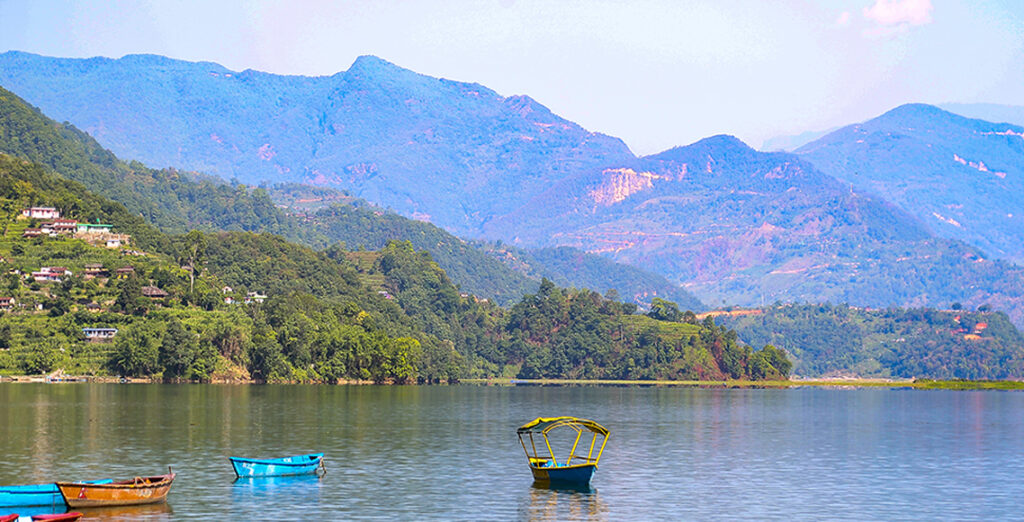
Preserving Lakes and Glacial Ecosystems
Recognizing the ecological and tourism value of glacial lakes and natural water bodies, Gandaki Province will develop a comprehensive action plan for their conservation and tourism promotion. A special initiative will focus on interlinking the seven lakes of Pokhara, with a feasibility study underway for constructing a Glass Bridge at Rupa Lake, envisioned as a new icon for Pokhara’s natural beauty.
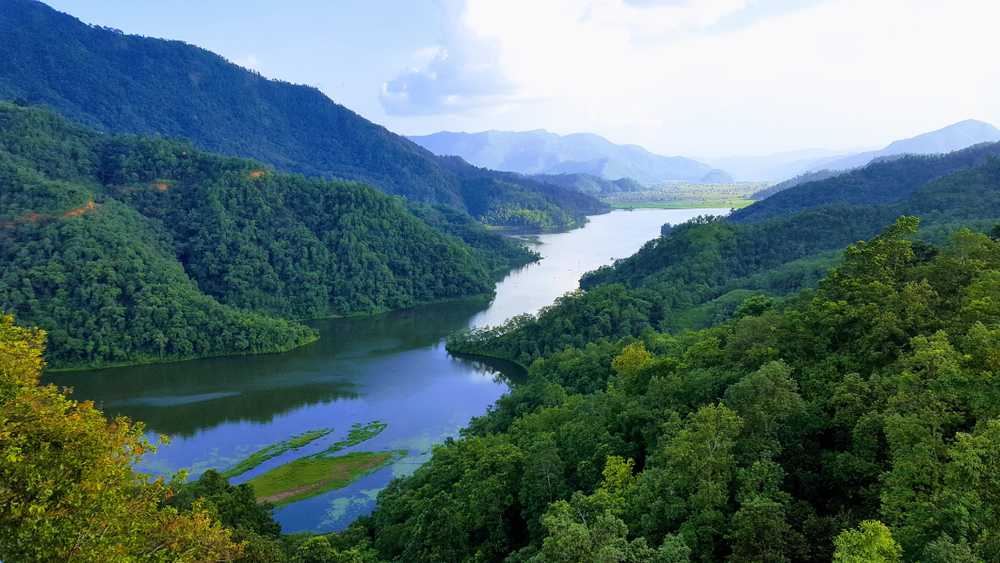
Infrastructural Innovation with Selfie Bridge and Trails
To enhance tourist experience and photo-worthy attractions, the province will conduct technical studies to construct a Selfie Bridge between Chankhapur and Magrewagar. This bridge is expected to become a new landmark and a magnet for youth-driven social media tourism. Simultaneously, efforts will be made to upgrade trekking trails in major trekking regions such as Manaslu, Annapurna, Dhaulagiri, and Dhorpatan, while also identifying and developing alternative trails to ensure visitor safety and diversified trekking options.
Promoting Domestic Tourism with “First Homeland, Then Abroad”
A signature program, “Pahile Ghar Desh, Ani Pardesh” (First Homeland, Then Abroad), will be continued to promote internal tourism among Nepali citizens. The initiative aims to instill pride in local travel and encourage citizens to explore their country before venturing abroad. This aligns with the broader strategy of reviving post-pandemic tourism through domestic engagement.

Wellness Tourism: Gandaki to Emerge as a Healing Destination
Capitalizing on its pristine environment and tranquil landscapes, Gandaki Province will be promoted as a Wellness Tourism Hub. From yoga retreats in the hills to Ayurvedic therapies by the lakeside, the province envisions becoming a sanctuary for those seeking mental, physical, and spiritual rejuvenation.
Kaligandaki Corridor to Become an International Religious Circuit
With a vision to elevate spiritual tourism, the policy outlines plans to transform the Kaligandaki Corridor–Muktinath region into an international religious tourist circuit. From Devghat to Muktinath, the development will focus on preserving sacred sites while enhancing visitor facilities. Additionally, Gandaki will coordinate with the federal government to facilitate the use of the Korala Pass for pilgrimages to Mount Kailash and Mansarovar, enriching trans-Himalayan religious tourism.
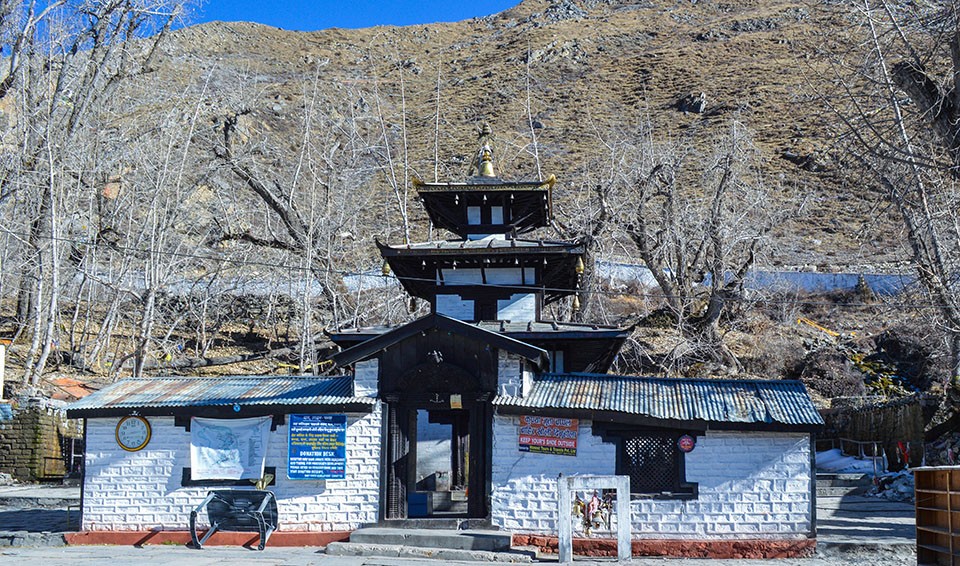
Cultural Promotion Through Partnerships and Events
The policy encourages collaboration with private organizations and institutions to organize trade fairs, cultural festivals, and conferences. These events aim to revive traditional arts, crafts, and music while drawing tourists to lesser-known but culturally rich areas. The focus will be on the holistic development of natural, cultural, and adventure tourism.
World Heritage Recognition for Key Historical Sites
Major cultural and historical landmarks, including Gorkha Durbar, Manakamana Temple, Ligligkot Durbar, Kwhlosothar, Lamjung Durbar, Bindhyabasini Temple, Lo Manthang Durbar, Muktinath Temple, and Baglung Kalika, will be prioritized for UNESCO World Heritage nomination. This step is seen as vital for global recognition and sustainable preservation.
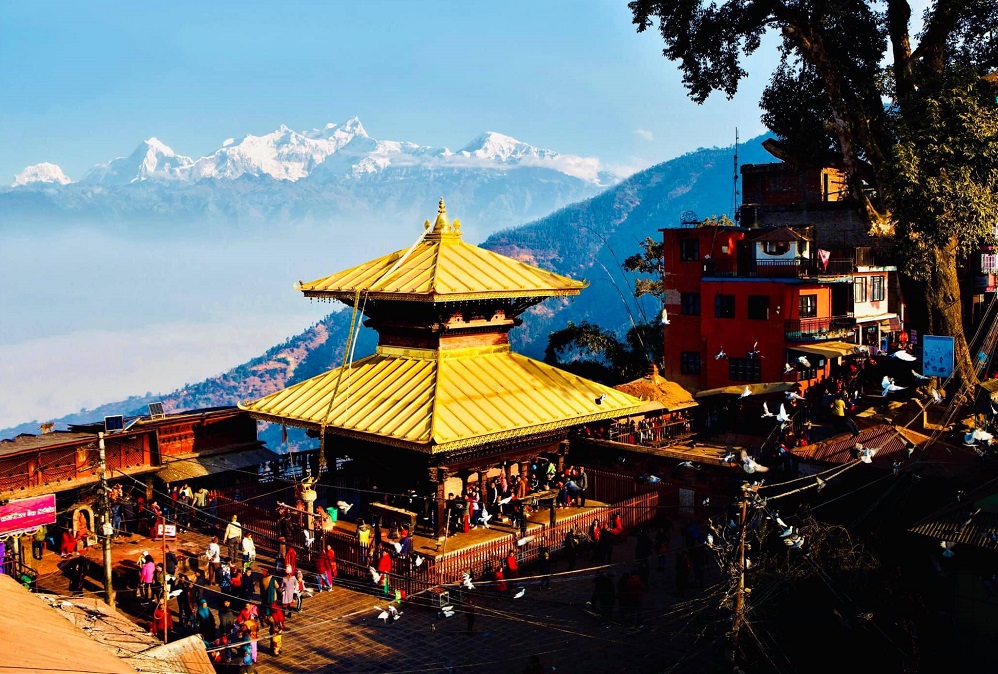
Strengthening Infrastructure and Amenities in Tourist Destinations
The province will invest in infrastructure enhancement across key tourist destinations, including conservation zones, wetlands, recreational areas, viewpoints, heritage sites, and religious monuments. This includes the expansion and upgrade of basic amenities to provide a seamless experience for visitors.
Community-Based Tourism to Drive Local Economy
By promoting community homestays, souvenir shops (Kosheli Ghar), museums, eco-villages, and hill stations, Gandaki Province aims to link tourism directly with local employment and production. These initiatives will be coordinated with local governments to ensure sustainability and inclusiveness, offering visitors authentic experiences rooted in local culture.
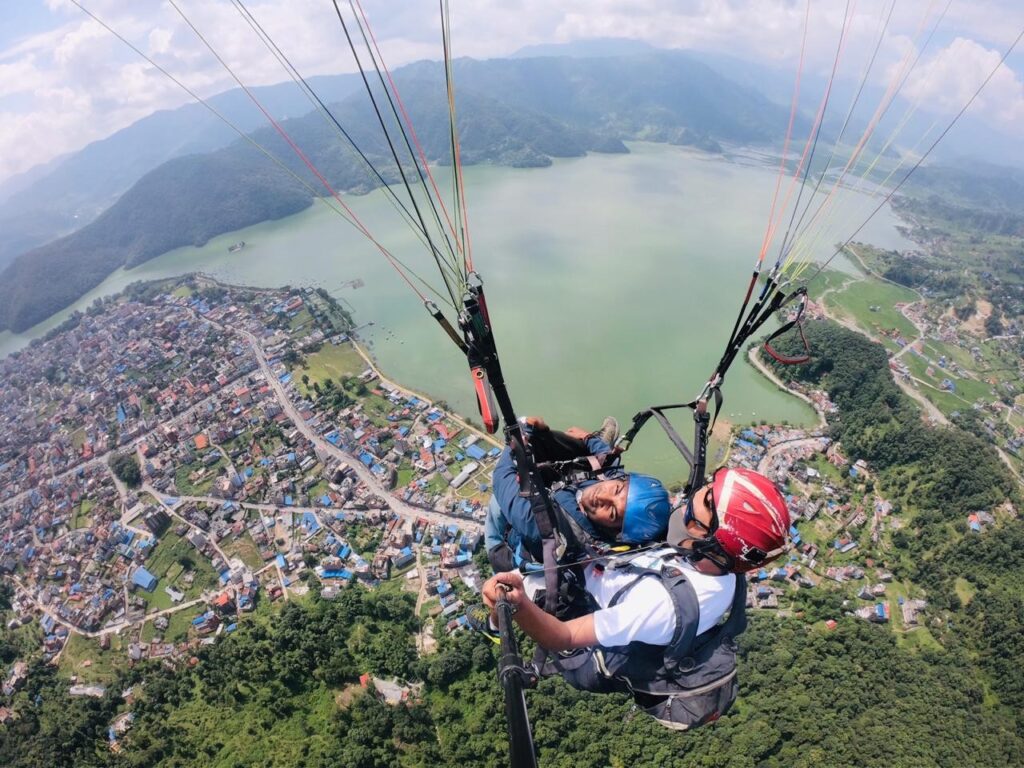
Tourism Data Management for Smarter Governance
A coordinated approach will be adopted to maintain real-time data on tourists entering Gandaki Province. Inter-agency collaboration will help manage visitor flow, improve service delivery, and plan targeted marketing campaigns based on demographics and travel behavior.
Boosting Productivity Through Industry and Tourism Integration
Tourism development will go hand-in-hand with industrial growth. The policy envisions a competitive, investment-friendly environment that utilizes local resources and skills to produce goods and services for the tourism sector. This synergy will help generate jobs and enhance economic productivity in the province.
Gandaki Province’s latest policy document reflects a bold and strategic roadmap for making the region a national and international tourism powerhouse. From glacial lake preservation to wellness tourism, and from cultural heritage recognition to grassroots community engagement, the province is poised to redefine sustainable and inclusive tourism in Nepal.






